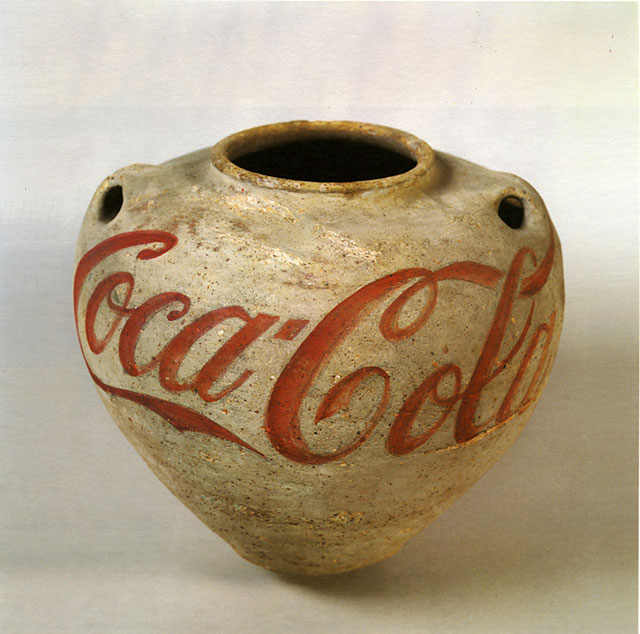The Kernel PCA
The Kernel PCA is an extension of the PCA algorithm. In particular, we desire to (i) transform our existing dataset to another high-dimensional space and then (ii) perform PCA on the data in that space.
In this blog post, I will perform a very quick, non-rigorous overview of Kernel PCA and demonstrate some connections between other forms of dimension-reduction.
Why would this be useful? Consider this dataset (stolen from the scikit-learn documentation):

As we can see, the original PCA projection is fairly useless. Applying a kernel produces a much better projection.
Like kernels in several problems, the trick is to avoid transforming data-points and leveraging dot-products.
The technique is as follows:
$ \Phi $ is a mapping from our existing point-space to a higher-dimensional space $ \mathcal{F} $.
After a certain amount of linear algebra, the PCA in space $ \mathcal{F} $ can be expressed as a PCA on the kernel matrix.
So, the algorithm is expressible as follows:
-
Compute the kernel matrix $ K $ where $ K_{ij} = \Phi(x_i) \cdot \Phi(x_j) $.
-
This matrix is efficiently constructed since we can obtain the constituent dot products in the original space.
-
The SVD of $ K $ gives you $ USV^{T} $ - $ U $ and $ S $ can be used to construct a reduced dimension dataset.
Now that the intro is out of the way, I wanted to demonstrate some simple connections between algorithms I’ve covered recently:
MDS with Euclidean Distances
In previous blog posts, we covered that MDS and PCA are equivalent. A simple proof exists to show that MDS and Kernel PCA are the same thing:
- The proximity matrix in the MDS algorithm is built with distances. We can express distances between vectors $ x $ and $ y $ as:
- Thus, distances can be expressed as a kernel. The upshot of this is that the MDS algorithm itself is an instance of Kernel PCA.
Isomap
The Isomap algorithm (covered in a previous post) trades the Euclidean distance with edge weights in a nearest neighbor graph. The entries in this proximity matrix are surrogates for distances and thus the Isomap algorithm is an instance of Kernel PCA as well.
It is amazing how several different approaches to dimension-reduction are variants of a single theme.

